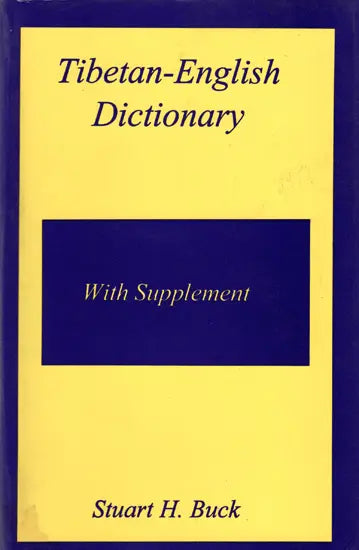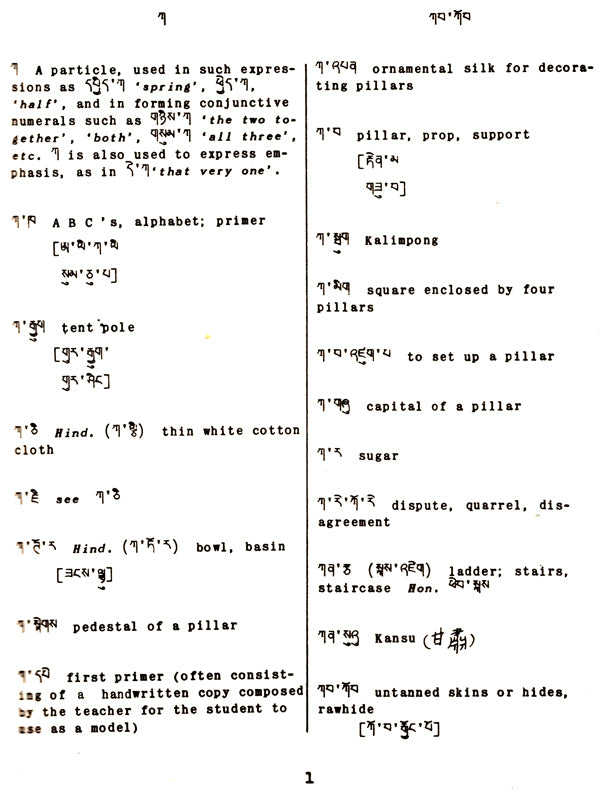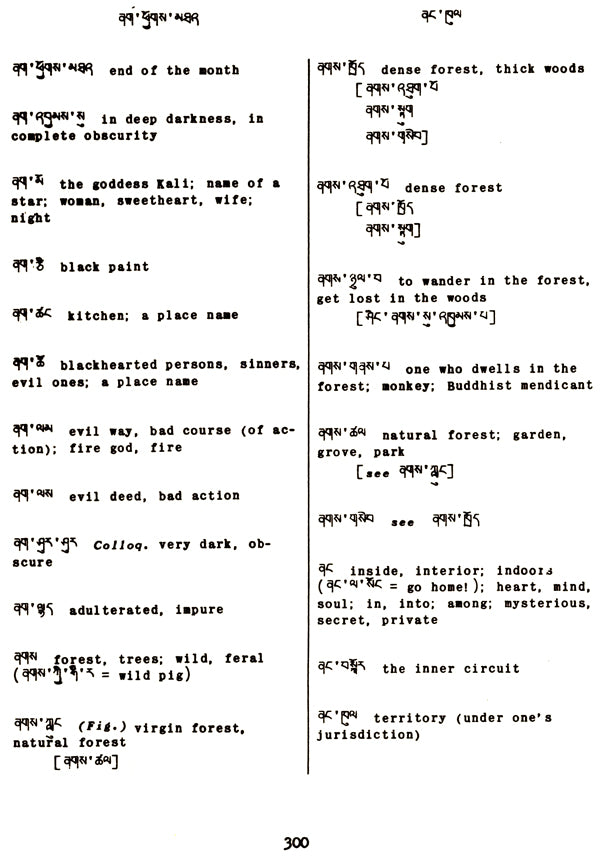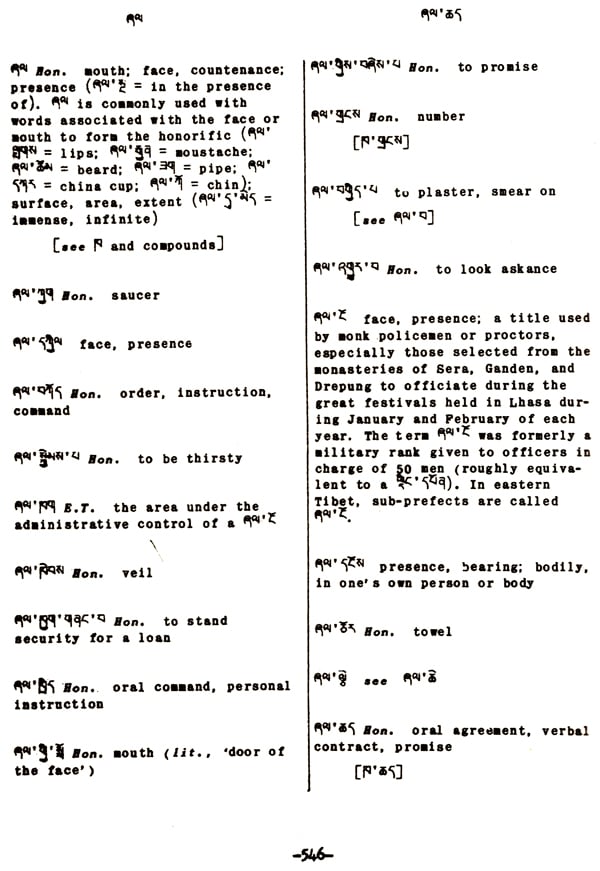Tibetan-English Dictionary
Tibetan-English Dictionary is backordered and will ship as soon as it is back in stock.
Couldn't load pickup availability
Genuine Products Guarantee
Genuine Products Guarantee
We guarantee 100% genuine products, and if proven otherwise, we will compensate you with 10 times the product's cost.
Delivery and Shipping
Delivery and Shipping
Products are generally ready for dispatch within 1 day and typically reach you in 3 to 5 days.
Book Details:
-
Publisher: Sri Satguru Publications
-
Author: Stuart H. Buck
-
Language: English
-
Edition: 1997
-
ISBN: 9788170305361
-
Pages: 860
-
Cover: Hardcover
-
Dimensions: 23 cm x 15 cm
-
Weight: 1.10 kg
About the Book:
The Tibetan-English Dictionary by Stuart H. Buck is an essential resource for anyone studying the Tibetan language or engaging in Tibetan linguistic research. This comprehensive dictionary provides clear and accurate definitions of the vocabulary used in current Tibetan publications, particularly those emerging from Communist China. With a focus on modern Tibetan language, the dictionary includes colloquial, Buddhistic, mythological, and astrological terms that are deeply embedded in Tibetan culture.
The primary aim of this work is to present the most current and widely accepted Tibetan vocabulary, offering detailed explanations of words used in everyday speech, as well as specialized terminology found in Tibetan Buddhist literature. Buck also includes terms specific to Tibetan dialects, from central to eastern and western Tibet, and updates the lexicon with new terms from contemporary Tibetan publications, ensuring that this dictionary remains relevant to the needs of both linguists and students of Tibetan culture.
The dictionary’s structure reflects the multifaceted nature of Tibetan, distinguishing between colloquial speech, respectful polite language, and the archaic written language used in Buddhist texts. In addition to common terms, the book includes a wealth of Buddhist-specific vocabulary, offering insight into Tibetan philosophical and religious texts, such as the Kanjur and Tanjur.
This extensive work is not just a dictionary but also a comprehensive guide to the history of Tibetan lexicography, offering background on the language’s evolution from its early days under King Srong-bstan Sgam-po to the modern developments influenced by Chinese political and technical terms. Buck's detailed entries and examples of usage in context make it an indispensable tool for anyone serious about mastering the Tibetan language or studying its literature.















